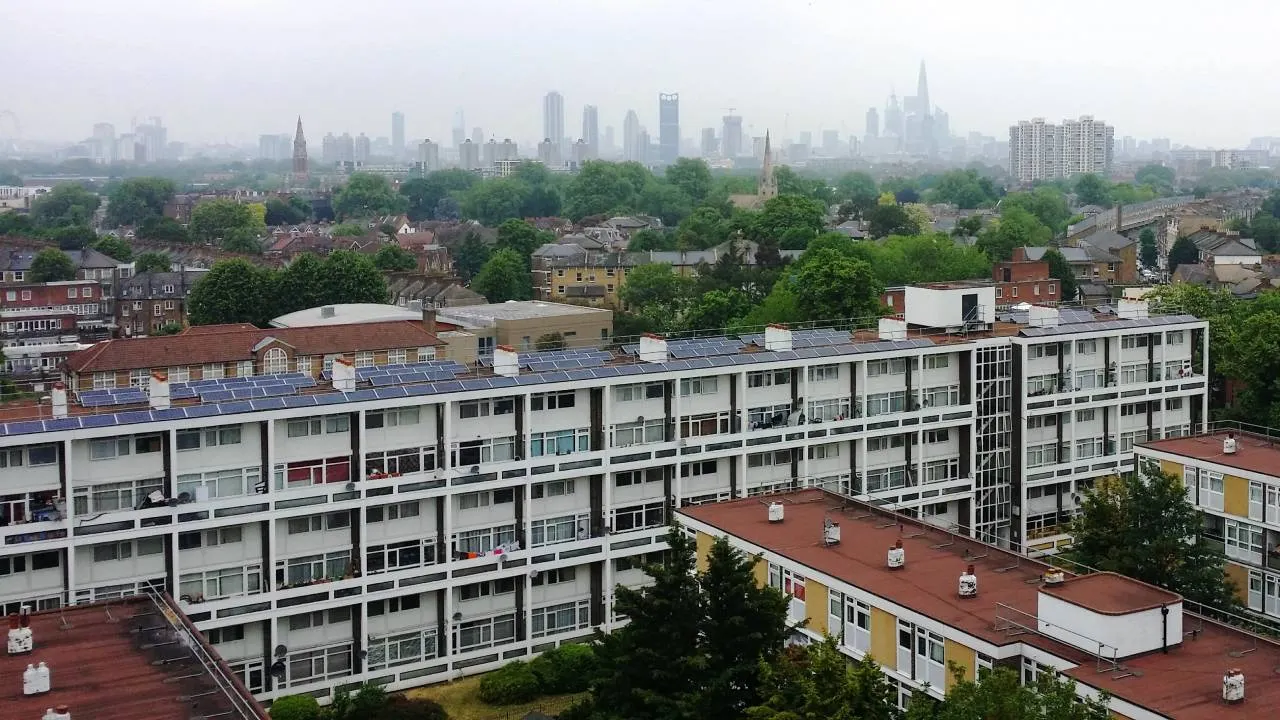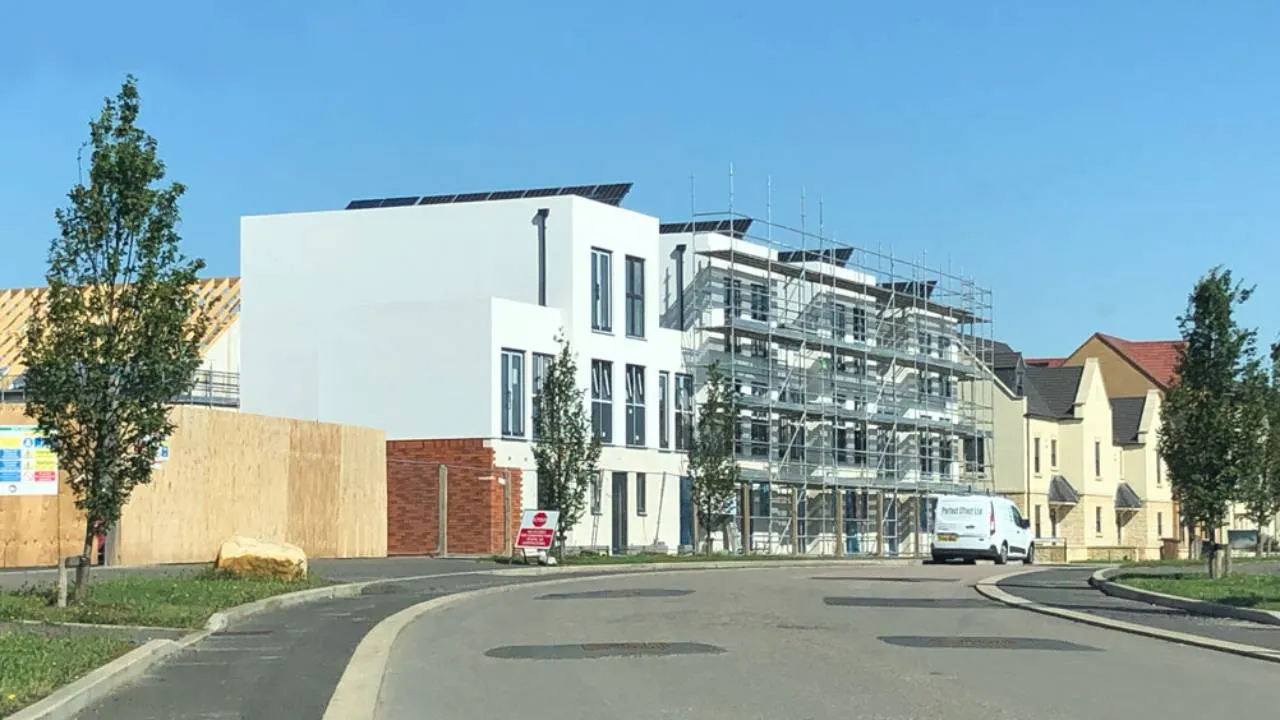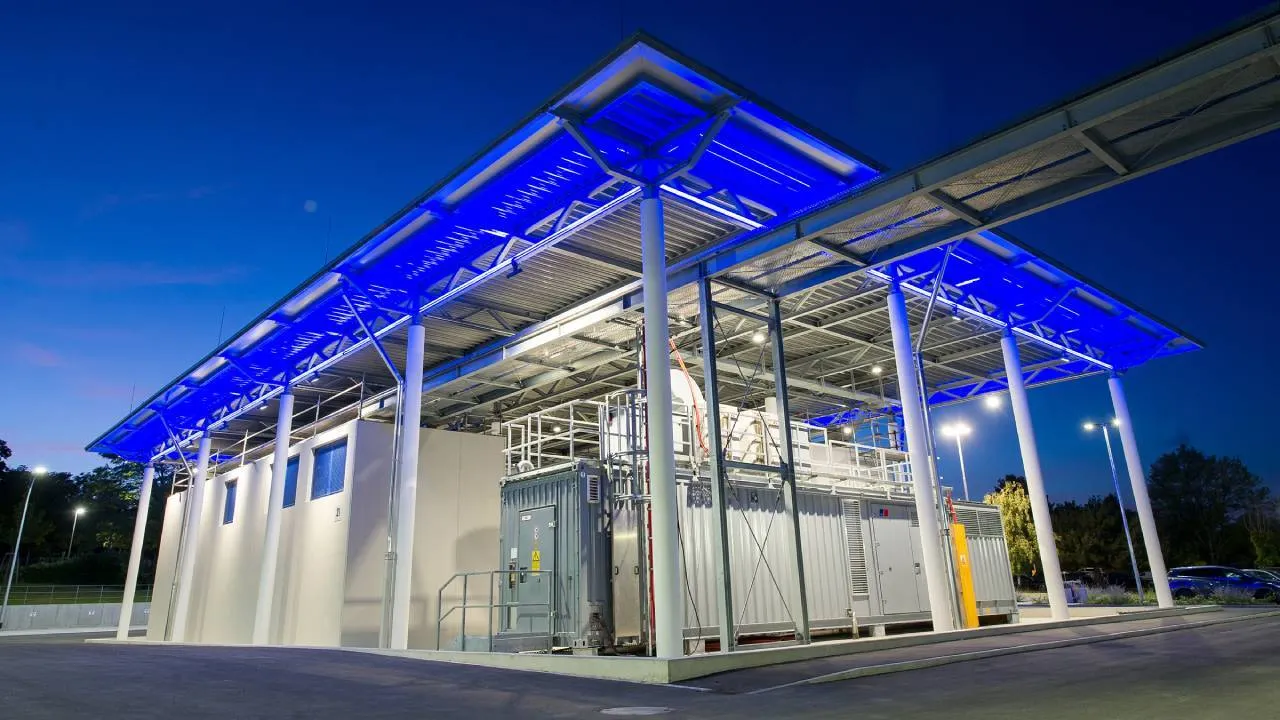Since time immemorial, your electricity bills have followed the same pattern; pick a tariff and each month you’re billed for the energy you’ve used. You pay up; every few years you check a price comparison site and see if you want to switch to a cheaper tariff, and the cycle continues.
While thousands of families are already living off-grid, using self-sustainable, renewable energy sources to power and heat their homes, it’s harder for people living in crowded urban environments to adopt energy solutions that provide them with the same flexibility and control.
But the way we power our homes is set to change, and blockchain forms a crucial piece of the puzzle.
Renewable energy sources, Internet of Things (IoT) devices, blockchain’s immutable ledger and improvements in battery technology are combining to create a whole new form of energy infrastructure—one in which the grid is decentralized and users become producers as well as consumers. The building block of this new infrastructure is the microgrid.
What is a microgrid?
A microgrid is a local energy grid that’s capable of running independently from the main power grids that supply wider areas. Microgrids typically consist of generators or renewable wind or solar energy sources, and are normally used to provide total off-grid power, backup power, or to help bolster the main power grid during times of heavy demand.
A typical example is a home which stores solar and/or wind energy in a battery system, which is used to power the home, while also still being connected to the wider power grid. Able to operate completely independently, owners can also sell excess energy back to the wider grid’s operator.
Beyond the benefit of reducing monthly bills, microgrids can also bring peace of mind to companies and homeowners alike—especially in situations like the recent blackouts in California.
Over the past year, millions of people across multiple counties were left without power as the state’s largest utility company initiated a blackout due to high winds that caused electrical equipment to spark wildfires. Businesses and families both suffered—not only because of property damage and casualties, but also due to the loss of perishable items, and the lack of access to heating or water. The same scenario could have been far less severe if more communities had microgrid systems in place to help maintain normality during the blackouts.
You’ve got the power

A pioneering microgrid scheme in London is challenging the way we think about energy supplies in large cities.
In the South London district of Brixton, energy supplier EDF Energy has partnered with Repowering London and UCL’s Energy Institute to launch Project CommUNITY—a community energy trading project which is putting power directly into the hands of selected residents, during a limited trial run.
The project involves kitting out Elmore House, a block of apartments, with roof-mounted solar panels. Residents can access stored electricity generated by the panels—so far, so typical— but can also trade their energy allocation with other residents in the block.
These energy trades are carried out on a peer-to-peer basis, using an app powered by blockchain technology to record and verify the transactions. Blockchain’s “immutable ledger,” in which every single transaction is recorded and unalterable, makes it a prime choice for this application, for numerous reasons.
Accuracy and transparency are both vitally important when it comes to tracking energy usage and billing for it. In Project CommUNITY, power consumption data is timestamped and logged on the blockchain, where it can’t be altered or deleted and is verified without the need for third parties.
“By collaborating with our partners and using blockchain technology, this project in Brixton aims to show how small communities in dense urban areas could benefit from a low carbon and local energy system in a new and transformative way,” said Xavier Mamo, Director of research and development at EDF Energy.
It’s important to note, however, that the Project CommUNITY scheme isn’t an example of allowing residents in a large city to become completely independent from the main grid. “The CommUNITY project is an example of local generation,” an Ofgem spokesperson told Decrypt. “However, it’s unlikely that projects like this offer people in cities the opportunity to go ‘off-grid’ but rather to self-consume energy they produce. It is unlikely that the local generation will meet all the energy requirements of those participating and so they will require ‘top-up’ energy from the grid, provided by an energy supplier.”
“These projects may accelerate the decentralization of energy and at the same time assist with the resilience of our energy networks. If more energy is generated and consumed locally, this could reduce the need for certain areas of the network to be upgraded.”
Despite this, local urban microgrids still offer benefits to consumers such as reducing their energy bills, or helping to encourage an increase in low-carbon energy sources. Homeowners could also become more aware of their energy use, helping them to pursue a more sustainable lifestyle. Energy companies too, could also see an increase in resilience and reliability, as less strain is put on the wider grid.
EDF isn’t the only energy supplier looking at microgrids. In the US, LO3 Energy is looking at a peer-to-market blockchain energy solution by creating neighborhood-wide markets in which local energy can be traded not only with each other, but also used in a new marketplace where new services will be available.
An example of this is Exergy, the company’s recently launched blockchain platform. It includes IoT meters which allow users to stake or assign tokens to the local Exergy blockchain, for use in the local marketplace.
The system, which uses XRG tokens, could allow users to, for example, purchase electricity in 15-minute blocks, while specifying wind and solar energy as the source. If it’s available within the pricing boundaries set, the transaction is made.
The blockchain energy grid of the future
These schemes are just one example of what the future of energy could look like. On a wider scale, we’re also seeing large companies invest heavily in microgrid research and solutions.
In October, Rolls-Royce announced a €5 million investment into a new Microgrid Validation Centre at its Friedrichshafen headquarters. Specialist equipment including transformers, invertors and switchgears in the new building are able to simulate the function of other energy sources that can be integrated into a microgrid, allowing the company to configure and test different microgrids for almost any scenario.
“This enables us to configure microgrids of various dimensions, capacities and layouts for our customers and show how they will function – also in relation to the wind and sun conditions prevailing at the ultimate location,” explained Armin Fürderer, director of customized energy solutions at Rolls-Royce.
As well as creating simulations to test microgrids, Rolls-Royce is also running its own microgrid at MTU Plant 1 in Friedrichshafen. The system consists of solar panels installed on the roofs of the Validation Center itself and a nearby factory building, as well as a gas-powered generator, a diesel generator, and a new in-house battery container.
“The battery container provides a resilient store of energy from renewables and is basically the center of the microgrid. The smart controller, which we also developed in-house, determines which source of energy is best to use in terms of cost at any given time so that savings are maximized,” explained Cordelia Thielitz, vice president of the company’s microgrid division.
Thanks to its investment, Rolls-Royce can now generate most of the power needed by MTU Plant 1, while also recovering waste heat emitted by the engines. Ultimately, this setup will reduce CO2 emissions by several hundred tons per year, demonstrating the impact microgrids can have at a larger, industrial scale.
“We are investigating innovative technologies such as blockchain,” a Rolls-Royce spokesperson told Decrypt. “The blockchain might be a significant topic when virtual power stations and peer to peer trading for electricity will arise. Due to the transparency the blockchain offers, it is well suited for these kind of transactions.”
Tokenization could even enable IoT devices to autonomously trade energy surpluses with each other. “Tokenizing and trading energy is the Holy Grail,” said Mayank Malik, chief data officer and blockchain lead at Stanford University’s SLAC National Accelerator Laboratory, speaking at Blockchain Expo 2019. “You have a home with solar panels, somebody else has a battery, somebody else has an electric car. These systems are all running agents that can autonomously trade the surplus that a solar panel generated, store it in the battery, and use battery services at night.”
The speed of change

Power Transition's Corby Project microgrid (Image: Power Transition)The impact of the blockchain in microgrids is apparent, but not all solutions are equal. Power Transition is a British software platform aiming to modernize legacy energy infrastructures, developed in partnership with Cardiff University and De Montfort University. “Microgrids are using traditional blockchain technology to make the transactions, but it takes a significant amount of time and processing power for each transaction to take place,” said Anthony Morgan, director of Power Transition. “There is a natural limit to the number of transactions you can do with blockchain. When you apply it to energy at a large scale, it can’t work.”
Having won funding, the company is leading a £195,000 project to show how a blockchain system powered by Hedera Hashgraph can deliver faster transactions on a new green housing development in Corby, Northamptonshire, in the UK. The company claims that Hedera’s higher tps rate means it’ll use less computational power to verify transactions, saving both time and energy. “Visa can do about 24,000 transactions per second,” Morgan said. “We can do in excess of 100,000 transactions per second. Compare that to Ethereum, and they can do 55.”
While there’s a clear appetite for blockchain-powered microgrids—and a corresponding rise in microgrid trials—there’s still a long way to go before these early experiments lead to widespread adoption. Beyond the evolution of existing energy regulations and standards, technologies such as blockchain have an important role to play in ensuring that more of us adopt and benefit from cleaner, more sustainable energy.





